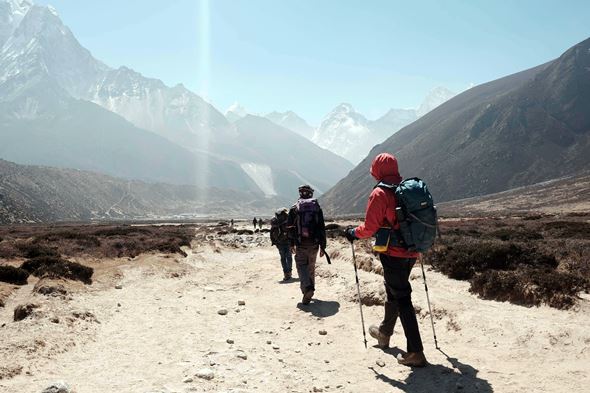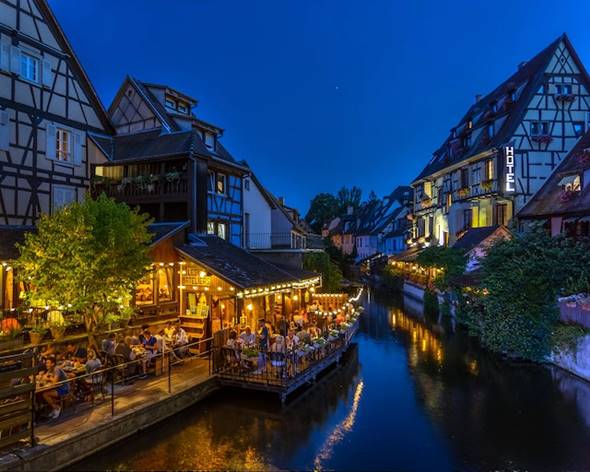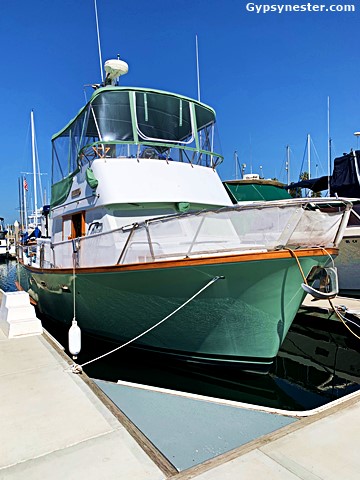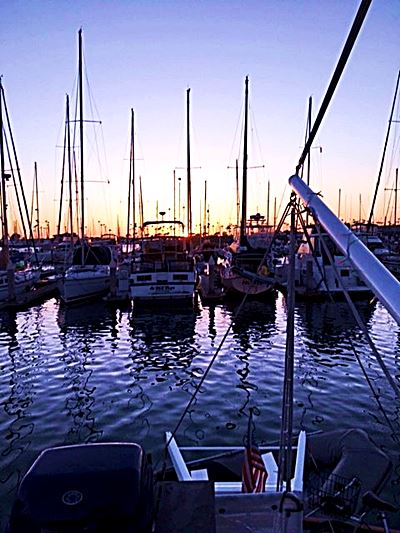America’s National Parks are a testament to the natural beauty and diverse landscapes that define our great nation.
From the serene lakes of Yosemite to the rugged peaks of the Rocky Mountains, each park offers a unique adventure that beckons the outdoor enthusiast.
However, the key to a truly unforgettable experience lies not just in the journey itself but in being adequately prepared for it.
The right gear can make the difference between a challenging misadventure and a REWARDING exploration.
For those gearing up for their next national park adventure, it is crucial to equip yourself with the essential outdoor gear for safety, comfort, and enjoyment. This is what we will be going over today.
12 Must-Have Gear for Exploring America’s National Parks
To truly embrace these wonders of the environment, one must be adequately prepared. The right gear enhances the enjoyment of your journey and ensures your safety amidst the unpredictable elements of nature.
We listed the must-have gear that addresses shelter, hydration, navigation, and comfort essentials.
Each piece is critical in preparing for the diverse challenges and experiences America’s National Parks offer.
1. Comfortable Footwear
The correct footwear is essential for navigating the varied terrain of national parks. Choose shoes that offer SUPPORT and TRACTION, designed for the specific conditions you will face, whether rocky ascents or muddy trails. This is where first-rate arch support insoles can make all the difference.
Quality insoles will add comfort, and can even help avoid injuries, while you hike. Then your hiking boots or shoes can protect your feet over long distances, ensuring that your focus remains on the beauty around you, not the discomfort below.
2. Tents and Shelter
Choosing the right tent is pivotal for any outdoor journey. Aim for a shelter that strikes the perfect balance between being LIGHTWEIGHT for those long treks and DURABLE enough to stand up to the elements of nature.
Ideal tents protect against various conditions, from torrential downpours to high winds, while not weighing you down or being too cumbersome to install.
NOTE: You can visit Vargo Outdoors and shop for everything you need, from ultralight tents to reliable navigation tools, ensuring you are well-prepared for the diverse terrains and climates of America’s great outdoors.

3. Water Filtration and Bottles
Hydration is critical in the great outdoors, making reliable water filtration and durable bottles essential for your survival.
Portable filtration systems allow you to convert natural water sources into safe drinking water. This becomes more CRUCIAL when exploring remote areas, as you may not have ready access to potable water.
Combine this with a sturdy water bottle designed for easy carry, and you ensure that you stay hydrated no matter where your adventures take you.
4. Durable Backpacks
A backpack is more than just a bag; it is your mobile base camp. The best backpacks merge water resistance and ergonomic design with ample storage, organized in a way that makes your essentials accessible and your load manageable.
Look for designs with adjustable straps, ample padding for comfort, and compartments that help keep gear dry and organized.
The right backpack becomes an extension of you, capable of carrying everything you need WITHOUT becoming a burden. It should be your shield against everything Mother Nature can throw at you.
5. Navigation Tools
In the expansive wilderness of national parks, reliable navigation tools are INDISPENSABLE.
Traditional maps and compasses, alongside modern GPS devices, offer a safety net for exploration. They ensure you can always find your way back, regardless of cell service or battery life.

Understanding how to use these tools effectively is just as important as having them, offering peace of mind as you venture into unfamiliar trails and make your way back to civilization.
6. Backup Batteries and Memory Cards
Amid nature’s splendor, every moment is an opportunity for a memorable photo.
Keeping your camera equipped with extra batteries and memory cards means you will NEVER have to miss out on being able to capture the beauty of a sunset or the majesty of wildlife you encounter.
These backups are especially crucial in remote areas where the opportunity to recharge or download images might be days away.
7. Appropriate Clothing
The secret to comfort in the outdoors is layering.
Start with moisture-wicking base layers that keep sweat away from your skin, add insulating layers to retain body heat, and top with waterproof outer layers to protect against rain and wind.
This approach allows you to adjust your outfit to the day’s conditions, ensuring you remain COMFORTABLE whether scaling a peak or navigating an established trail one chilly morning.
8. Sun Protection and Bug Spray
Protecting your skin from the sun’s harmful rays and insects is paramount for your overall enjoyment.
A high-SPF sunscreen should be applied and reapplied according to exposure, while an effective bug spray wards off mosquitoes, ticks, and other pests that can be not just annoying but also harmful to your health.
These precautions are simple but critical for avoiding discomfort and health issues on your trip.
9. Cash
While digital payments are increasingly common, many locations within national parks may still operate on a cash-only basis.
Having cash on hand is essential for covering park fees, purchasing goods from local vendors, or handling minor emergencies.
It ensures you are prepared for all transactions, focusing on the adventure rather than payment logistics.
10. Food and Water
The energy expended during hikes and explorations necessitates a steady intake of calories and hydration.
Packing NUTRIENT-DENSE snacks and meals provide the fuel your body needs to keep moving.
A sufficient supply of water, augmented by a portable filtration system, also guarantees access to safe drinking water, keeping you hydrated no matter how far off the beaten path you venture.

11. First Aid Kit and Medication
A comprehensive first aid kit is your first line of defense against minor injuries, insect bites, or health issues that can occur in the wilderness. It should include bandages, antiseptics, blister treatments, and personal medications.
Being prepared to handle common ailments ensures that minor issues DO NOT escalate into major emergencies.
12. Rain Gear
Weather in the national parks can change rapidly, and sudden rain storms are not uncommon.
Lightweight, packable rain gear, such as waterproof jackets and pants, can be easily carried and quickly donned to keep you DRY and COMFORTABLE.
This gear not only protects against getting wet but also helps prevent the drop in body temperature associated with damp clothing.
Packing for Your Adventure
Mastering the art of efficiently packing can TRANSFORM your outdoor adventure, ensuring that every piece of gear serves a purpose without weighing you down.
Here is how to pack smart for your journey into America’s National Parks:
-
- Start with a List: Begin by making a comprehensive list of everything you need, tailored to the duration of your trip, the climate, and the activities planned. This list ensures nothing essential is forgotten and helps avoid the common pitfalls of overpacking.
- Choose the Right Backpack: Selecting the right backpack is foundational. Consider the volume (in liters) needed for your gear and the fit on your body. A backpack with adjustable straps, a supportive waist belt, and multiple access points can make all the difference in comfort and convenience.
- Organize with Compartments: Utilize the compartments and pockets in your backpack to organize gear. Keep items that you will need frequently or quickly—like water, snacks, a first-aid kit, and rain gear—in easily accessible spots. Use packing cubes or bags to compartmentalize clothes and equipment, which not only keeps things organized but also compresses items to save space.
- Balance the Load: Distribute weight evenly to maintain balance and reduce strain on your body. Heavier items should be packed closer to your back and centered between your shoulders and hips. This placement helps maintain your natural center of gravity and makes carrying the load more manageable.
- Prioritize Accessibility: Pack with the day’s journey in mind. Consider what items you will need access to throughout the day and place them toward the top of your pack or in your side pockets. This strategy minimizes disruptions and the need to unpack and repack your bag.
- Test and Adjust: Once packed, try on your backpack and adjust the straps for a snug, comfortable fit. Walk around to ensure the weight feels balanced and the pack doesn’t shift uncomfortably. Making adjustments before you hit the trail can save you from discomfort or injury.
- Leave Space for Extras: Finally, leave a little extra space for items you might pick up along the way, like souvenirs or extra water. Having a bit of flexibility in your pack means you can adapt to unexpected needs or opportunities.
Efficient packing is not just about fitting everything into your backpack; it is about strategic placement, accessibility, and maintaining comfort throughout your journey.
With a well-organized pack, you free yourself up to enjoy the beauty and adventure that await in America’s National Parks, knowing everything you need is right where it should be.
Special Considerations for the Hunting and Shooting Community
For enthusiasts in the hunting and shooting community embarking on adventures in America’s National Parks, preparing requires attention to specific details BEYOND the essential outdoor gear. Here is what to consider:
-
- Camouflage and Concealment: Effective camouflage is essential for blending seamlessly into the natural environment, a critical factor in successful hunting. Choose camouflage that matches the specific terrain and vegetation of the park you are visiting, whether it is the dense green forests of the Appalachians or the arid brushlands of the Southwest. This not only aids in the hunt but also minimizes disturbance to wildlife.
- Firearm Safety Equipment: Safety should always be the paramount concern, making firearm safety equipment non-negotiable. This includes secure, lockable gun cases, trigger locks, and safety gear such as ear protection and safety glasses. Always ensure that your firearms are transported and stored according to federal and state laws and park regulations.
- Knowledge of Park Regulations: Understanding and adhering to park regulations regarding hunting is crucial. Not all national parks allow hunting, and those that do often have strict guidelines on seasons, permissible areas, and types of game you can hunt. Before planning your trip, research the specific regulations of the park you intend to visit. This might involve permits, hunting seasons, and specific rules about the use of firearms or bows.
- Ethical Hunting Practices: Beyond legal requirements, ethical hunting practices ensure that hunting activities contribute to conservation efforts and respect the natural balance of the park’s ecosystems. This includes following the principles of fair chase, only taking shots that ensure a quick and humane kill, and respecting wildlife and other park visitors.
Understanding the Terrain and Climate of National Parks
Understanding the diverse terrains and climates of America’s National Parks is CRUCIAL for any adventurer.
With its extreme heat and cold, the stark, sun-baked expanses of the Grand Canyon demand gear that can protect and adapt.
Conversely, the Everglades’ swampy marshlands require equipment that can withstand moisture and facilitate easy movement through water-logged areas.
The unpredictability of weather and conditions across parks like Yosemite, with its sudden storms or the high-altitude challenges of Rocky Mountain National Park, underscores the importance of versatile, durable gear.
From selecting a tent that shields against harsh winds and heavy rainfall to choosing a backpack that balances weight and accessibility, every piece of equipment must be chosen with the environment in mind.
Understanding these diverse ecosystems and preparing accordingly is not just about ensuring comfort—it is a vital step in safeguarding your adventure against the unpredictable elements of nature.
Leave No Trace
“Leave No Trace principles” are essential for anyone venturing into America’s National Parks. Their premise is about minimizing our impact on these pristine spaces through MINDFUL PRACTICES.
It involves staying on designated trails to avoid damaging native flora, camping in established sites to prevent soil erosion, and adequately managing waste by packing everything you bring in.
Equally important is the respectful observation of wildlife from a distance, without feeding or disturbing them, to MAINTAIN their natural behaviors and habitats.
“Leave No Trace” also encompasses the responsible use of fires, recognizing that the scars left behind can last generations and disrupt the ecosystem.
When fires are permitted, use established fire rings and keep fires small. Ensure all flames are extinguished completely before leaving the site.
Being considerate of other visitors is a core aspect. Keeping noise levels down, yielding to other trail users, and preserving the sense of solitude and natural experience FOR EVERYONE speaks to the heart of this principle.
Conclusion
Exploring America’s National Parks is an adventure like no other. The key to a truly enriching experience lies in meticulous preparation and selecting the right gear tailored to the diverse terrains and climates you will encounter.
Each item plays a pivotal role in SAFEGUARDING your adventure, from the essential comfort of a well-chosen tent and backpack to the critical necessity of hydration, navigation tools, and appropriate attire.
Furthermore, sun protection and emergency preparedness, including a first aid kit and sufficient food and water supplies, ensure that your focus remains on the beauty and thrill of exploration.
For those in the hunting and shooting community, additional preparation in terms of camouflage, safety, and adherence to park regulations underscores the importance of an ethical approach to wildlife.
As you pack for your next national park adventure, remember that proper preparation ensures your SAFETY and COMFORT and deepens your connection with nature.
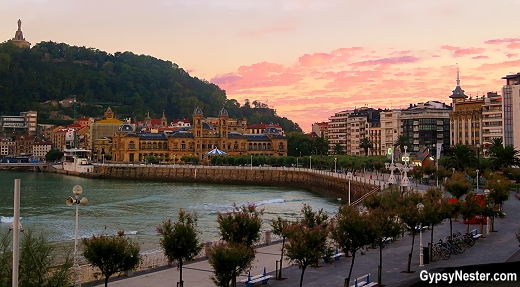
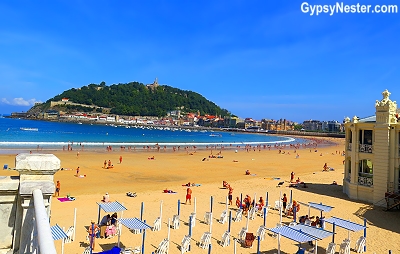
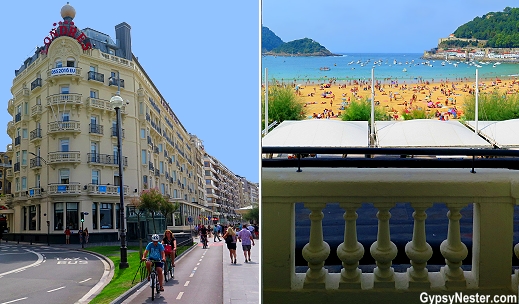
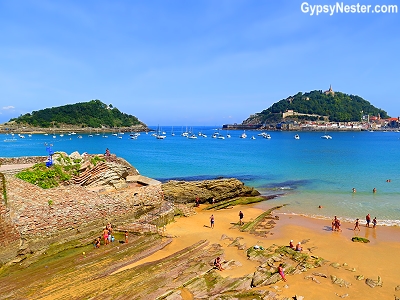
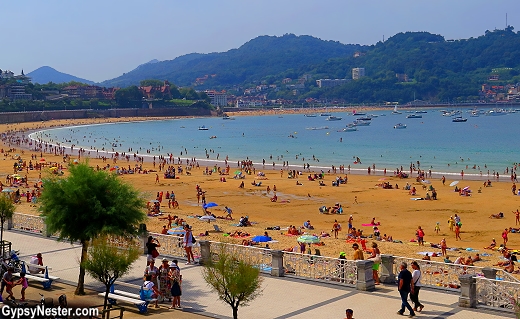
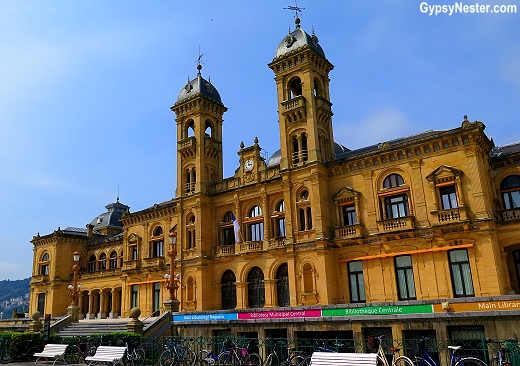
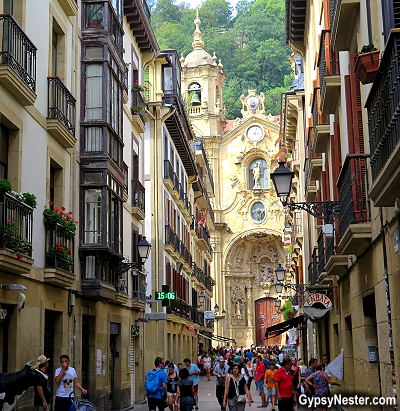


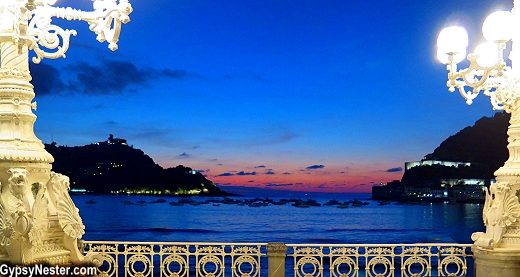
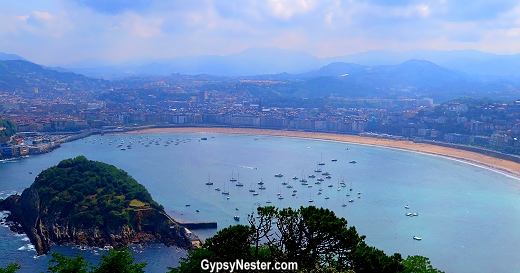
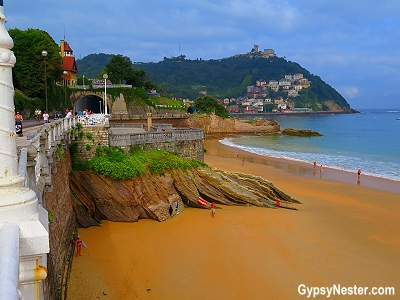

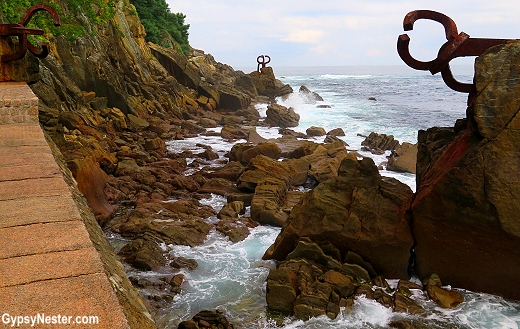
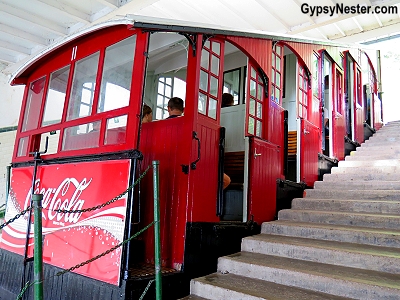
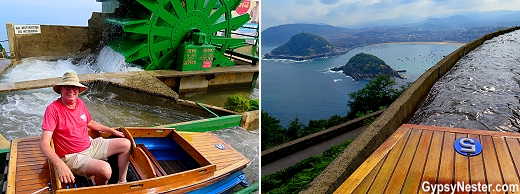
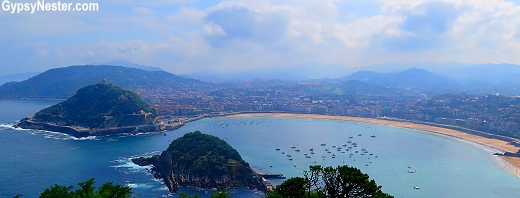



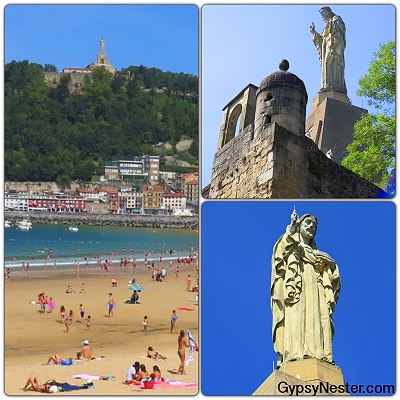

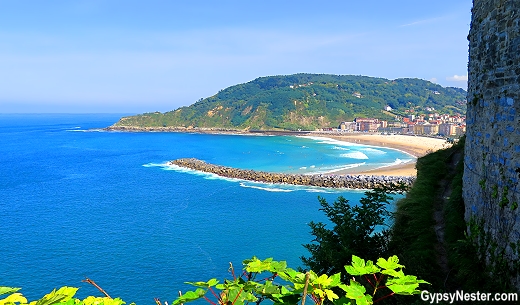




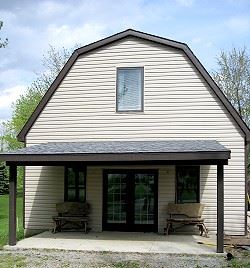 After years of keeping his master work strictly among family and friends, the time had come to reveal it to the world. He decided to build a pavilion to showcase the ever-growing globe and the accolades soon followed.
After years of keeping his master work strictly among family and friends, the time had come to reveal it to the world. He decided to build a pavilion to showcase the ever-growing globe and the accolades soon followed. We knew that the 20,000th layer had been recently added and were eager to find out which layer would be ours. This would be a Mothers Day to remember!
We knew that the 20,000th layer had been recently added and were eager to find out which layer would be ours. This would be a Mothers Day to remember!
